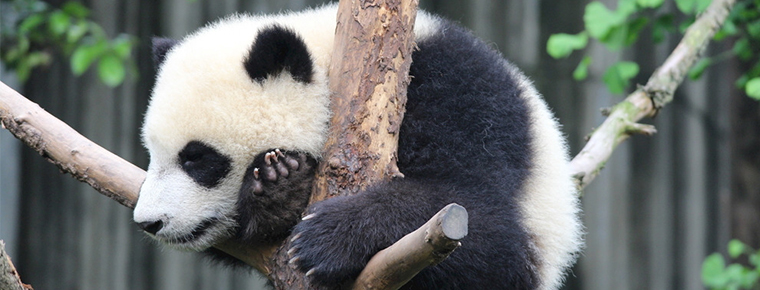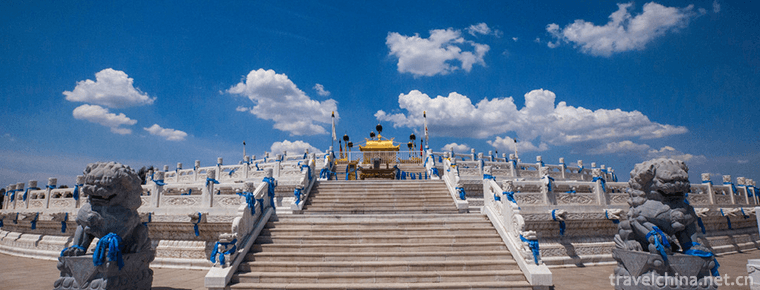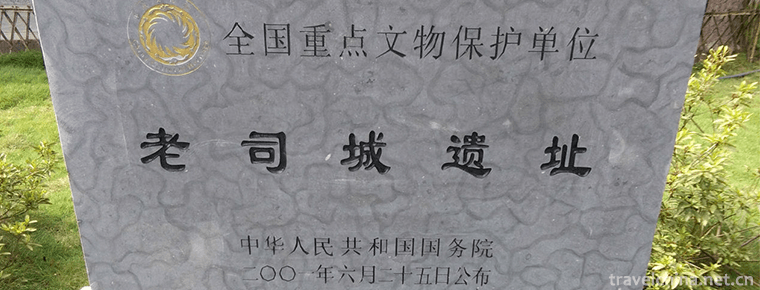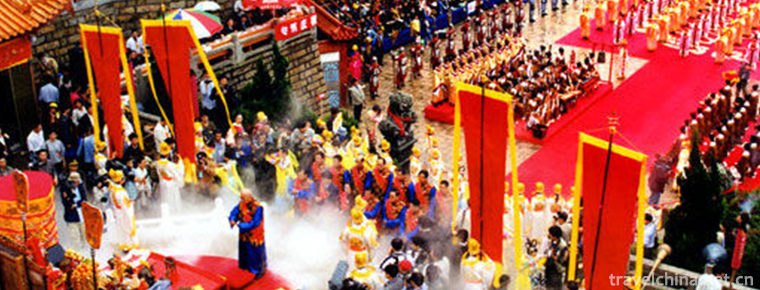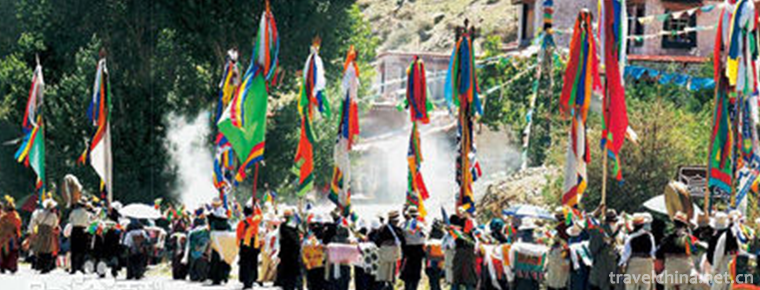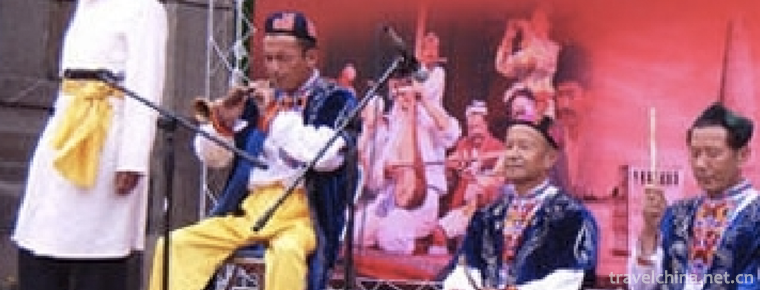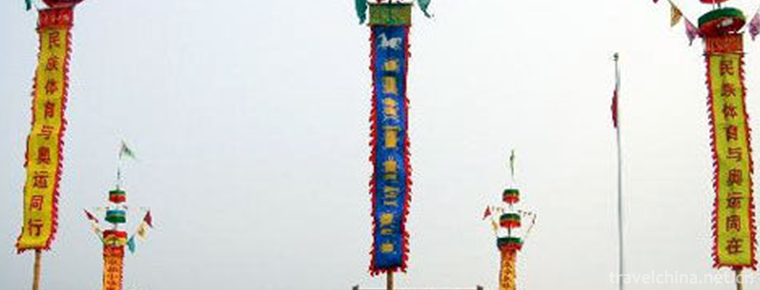Prince Wuwuwu quarrel
Prince Wuwuwu quarrel
Prince Wujiaozi is one of the unique traditional folk dances in Beijing. It integrates entertainment, fitness and performance. Wujiaozi has a strong style, rough style, relaxation and generosity. Participating in Wujiaozi activities can make people happy physically and mentally, enhance understanding and live in harmony. It has a high social, folk and cultural value. It has a certain representation in Beijing.
On November 11, 2014, the prince Wuwu quarrel was approved by the State Council to be included in the fourth batch of national intangible cultural heritage list.
origin
It is rumored that the Prince Wuwu Quarrel Society was founded around 1728. The predecessor was a literary quarrel, and later formed a quarrel in the practice of martial arts and entertainment activities. Back to the end of the Qing Dynasty, it has been passed down to four generations: Li Yonglin and Li Defu (late Qing Dynasty - 1937), Xiu Wanqing, Wang Zhishun, Cui Duan (1937 - 1972), Wang Zhenlu (1972 - 2001), Wang Rong and Zhao Jianjun (2001 - today).
Present situation
As a kind of folk art, the instruments used by Prince Wuwu Noissants are: flute, pipe (star), boring (trip), drum, cymbal, cymbal, cymbal, cymbal and so on. Existing traditional music cards include "Qian Chao Feng", "Wen Chao Feng", "Kaishan Tiger", "Xiaojinshan", "Dragon Tiger Leaf" and so on. Prince Wuwuwu quarrel's movements are complete sets, each of which consists of several cymbals. The peculiar action is that the cymbals team accompanied by drum music perform kicking, jumping, fighting, Festival height, golden cock fighting and bright fan, turning over and beating, Su Qin back sword and so on. In 1953, Prince Wu Wujiaozi represented Tongzhou District to attend the First Flower Fair Exhibition in Hebei Province and won a memorial medal. On October 1, 1959, he participated in the 10th anniversary of the founding of the People's Republic, the 35th anniversary of the founding of the People's Republic in 1984, and the 40th anniversary of the founding of the People's Republic in 1989.
The main problems faced by the prince Wuwu noisy sons are the aging of the inheritors, the old venues and props, etc.
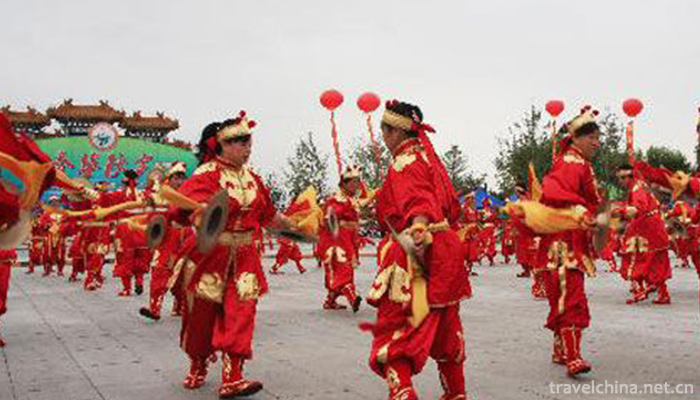
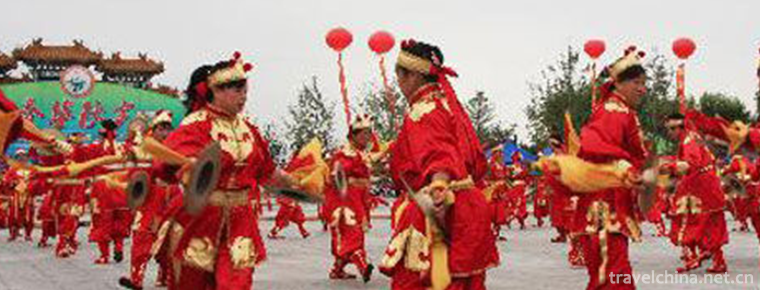
Prince Wuwuwu quarrel
-
Genghis khan mausoleum tourist area
Genghis khan mausoleum tourist area, also known as Chengling Tourist Area, commonly known as the Eastern Union Scenic Area (not Genghis Khanling)
Views: 356 Time 2018-12-01 -
Yongshun Tusi City Site
Laosicheng Site in Yongshun, Hunan Province, is located in Laosicheng Village, Lingxi Town, more than 20 kilometers east of Yongshun County, Tujia and Miao Autonomous Prefecture
Views: 234 Time 2019-03-05 -
Mazu memorial ceremony
Mazu Festival, which originated in Song Dynasty, experienced Yuan, Ming and Qing dynasties and continued to expand and enrich. By the Qing Dynasty, Mazu was named "Tianhou", and the title re
Views: 231 Time 2019-05-15 -
Wang Guo Festival
Wangguo Festival is a festival for Tibetan farmers to celebrate a bumper harvest. It is popular in Lhasa, Shigaze, Shannan and other places in Tibet Autonomous Region. The time is between July and Aug
Views: 164 Time 2019-06-26 -
Uygur Drum Music
Uygur drumming music is a kind of national instrumental music widely circulated in the Uygur communities in the north and south of Tianshan Mountains, Xinjiang. Uygur drum music is an important kind o
Views: 545 Time 2019-06-26 -
acrobatics on a high flag pole
The banner is a kind of flag with different sizes. Zhongbian is a kind of flag with gorgeous decoration, honor features and competition strength. Zhongbian originated from the flagpole of the Royal Gu
Views: 282 Time 2019-08-03 -
Panzhihua College
Panzhihua College is the only comprehensive undergraduate college in southwest Sichuan and northwest Yunnan, where the Ministry of Education locates. The school is located in Panzhihua City, a famous
Views: 274 Time 2019-08-31 -
Recommended routes for Chengdu Giant Panda Base
Recommended routes for Chengdu Giant Panda Base,Recommended route (1.5 hour tour)
Views: 202 Time 2020-12-13 -
The position of Panzhihua
Panzhihua City is located at the junction of Sichuan and Yunnan in Southwest China, 26 ° 05 ′ - 27 ° 21 ′ N and 101 ° 08 ′ - 102 ° 15 ′ E. Jinsha River and Yalong River meet here. It borders Huili, Dechang and Yanyuan counties of Liangshan Yi Autonomous Prefecture
Views: 381 Time 2020-12-14 -
Topography and geomorphology of Luzhou
Luzhou city is a typical mountainous city with 56.14% of the total land area. It is mainly composed of high mountains (500-1000 meters above sea level) and middle mountain (1000-1902 meters above sea level). Taking the middle Yangtze River Valley as the lowest center, it gradually
Views: 324 Time 2020-12-14
